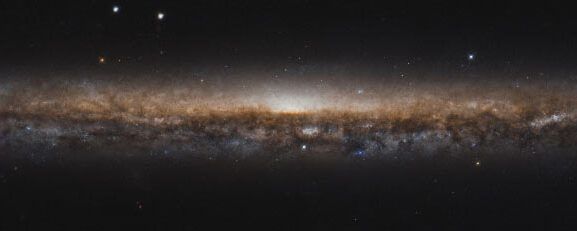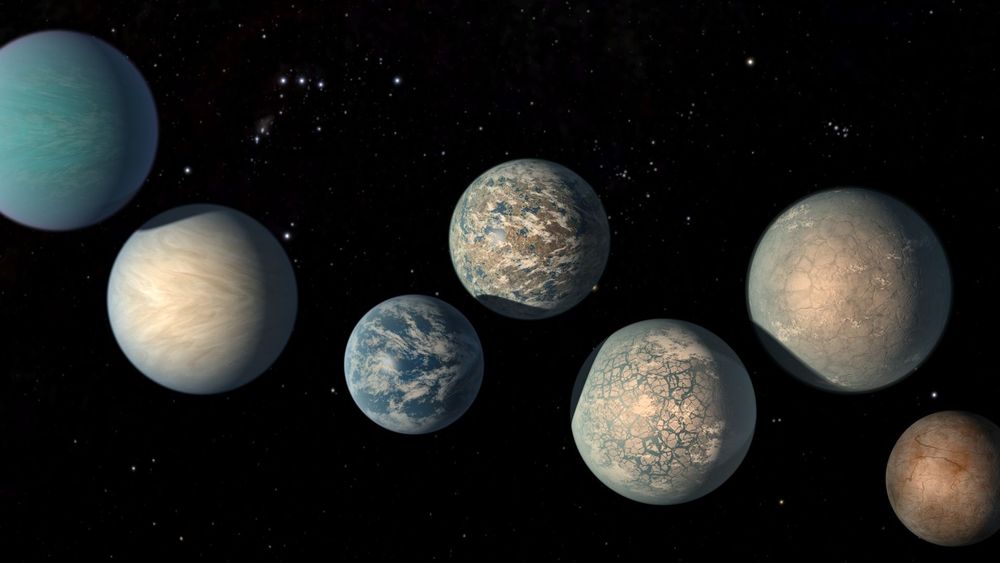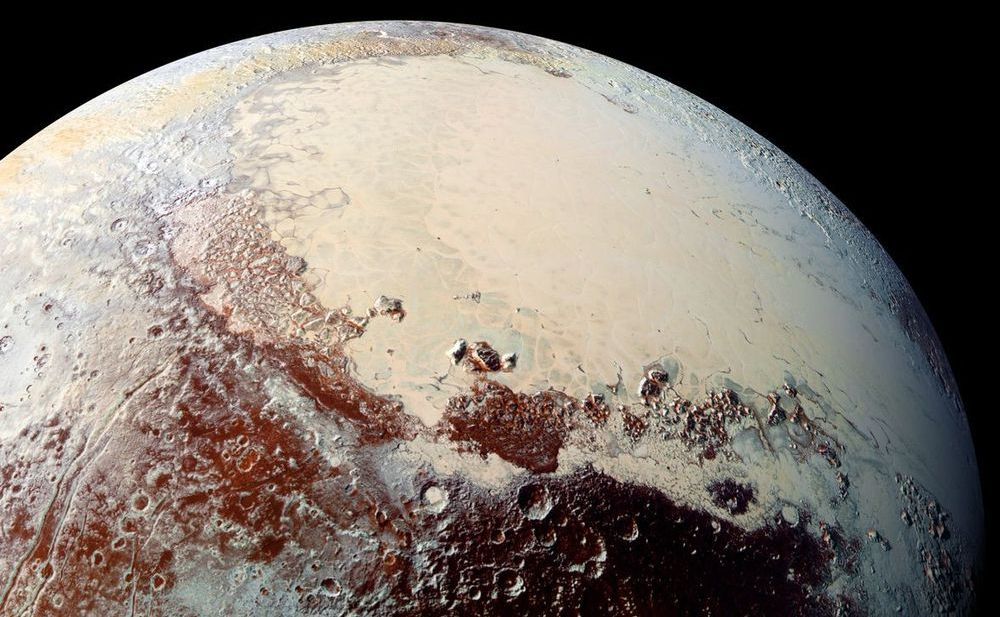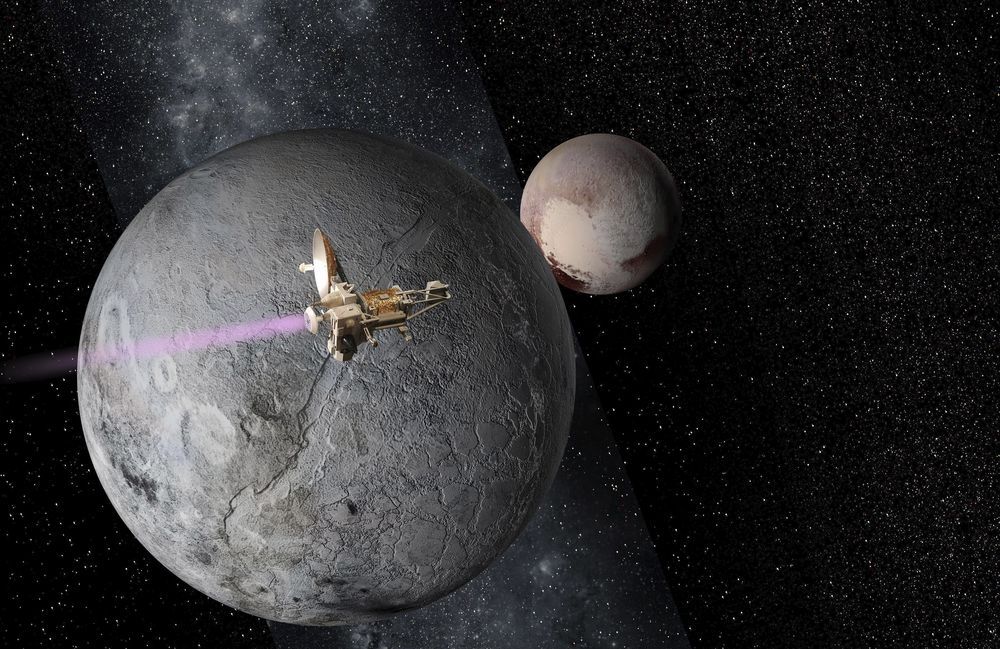NASA has released a stunning image taken by the NASA/ESA Hubble Space Telescope of the edge-on spiral galaxy NGC 5907.
Category: space – Page 717
Dust is on the way to the United States this week making the more than 6,000-mile journey from the Sahara Desert.
This might seem to work against typical weather patterns, but dust in the United States from the Sahara happens every year. While it may not be abnormal to see the Saharan dust make its annual journey to the United States, we are expected to see more of it than usual.
Tiny individual dust particles combine to make a large plume so big that it can be picked up on satellite images and even be seen from the International Space Station.
Ocean Planets Could be Common in Galaxy
Posted in space
NASA scientists decided to explore whether — hypothetically — there are ocean planets in the Milky Way galaxy that are similar to the watery solar system moons Europa and Enceladus.
Laser labs that detect ripples in space-time may have witnessed a new class of cosmic object.
Though Pluto is now famously frigid, it may have started off as a hot world that formed rapidly and violently, a new study finds.
Click on photo to start video.
NASA’s Ingenuity helicopter is traveling to Mars attached to the belly of the Perseverance rover and must safely detach to begin the first attempt at powered flight on another planet. Tests done at NASA’s Jet Propulsion Laboratory and Lockheed Martin Space show the sequence of events that will bring the helicopter down to the Martian surface.
For more about the Mars helicopter, visit https://mars.nasa.gov/technology/helicopter/
Credit: nasa/jpl-caltech and lockheed martin space.
Massive object cannot be explained without changing our understanding of what we know about astrophysics, researchers say.
Hammer and Feather dropped on the Moon
Posted in space
Test What happen when it don’t have Atmosphere.
What happen when it don’t have Atmosphere.
Researchers already are planning an ambitious spacecraft that will orbit the mysterious world.









